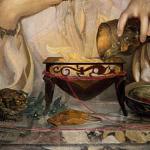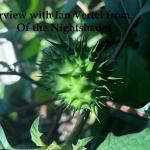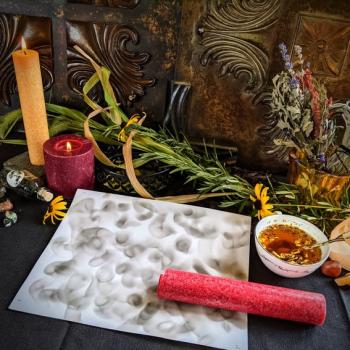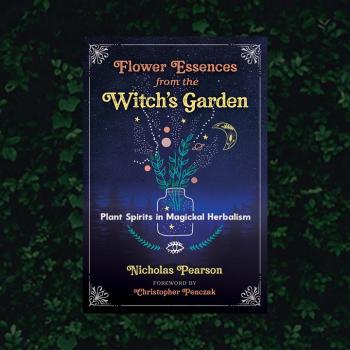Mankind has always depended on Nature, turning to the natural world for sustenance, medicine and wisdom. Even in today’s modern world where there is the illusion of human autonomy; without the delicate balance of our ecosystem we are doomed. Ancient man, wanting to understand Nature’s mysteries, was in awe and fear of the world he lived in. One wrong turn and he would be lost in the wilderness. The wrong step would lead him to becoming the prey of a fierce predator. A hand full of the wrong berries would spell his end. The natural world became detrimental to mankind as soon as we no longer viewed ourselves as a part of it. For millennia man lived alongside the rest of the animal kingdom. We have spent most of human history trying to subdue, master and exploit Nature. Taking what she has to offer and using it to benefit ourselves without thinking of the world around us. We created cities and walls of steel and glass to feign our superiority, knowing that if the playing field were equal, we would be overcome by our weakness.
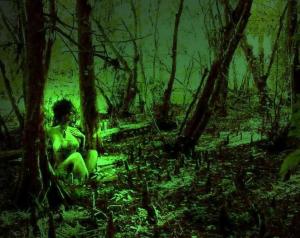 wood elf. pixnio.com
wood elf. pixnio.com
The wise remember that we are still part of Nature. They know that we are here as caretakers, partners and that through human ingenuity and spirit, we can work together to create a paradise. Plants and fungi were some of the first organisms to populate the Earth, covering the land with primordial forests. There are trees that have lived since the beginning of human civilization. Forests that have seen the rise and fall of empires, are cut down to make room for a growing population. Animistic cultures believe that plants and all things have a spirit. Whether spiritual or genetic, the consciousness that plants have accumulated is spread across the land, remembering a time before human intrusion. Trees, plants and fungi are the wise stewards of the Earth, silently watching, interacting with the animal and mineral kingdoms. Plants communicate in their own way via unseen subterranean networks that we are only just beginning to understand.
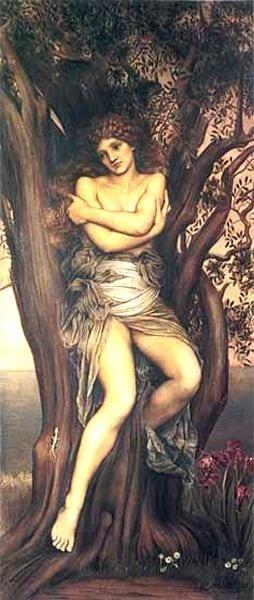
The Kingdom Plantae
Plants respond to energy and intention, absorbing subtle currents from their environment. They take in celestial energy from solar rays and the light of the moon, influenced by the stars dancing overhead. Through their roots they are connected to the deepest currents pulsing within the Earth, combining this dark and fertile energy with the great fires of the sky. Plants are Nature’s alchemists, taking light and darkness and transmuting them into life. Through their synthesis this life force is passed on to humans and animals via food and oxygen.
Plants and their characteristics are just as diverse as human beings, if not more so. According to a report from the Royal Botanic Gardens, there are approximately 391,000 species of known plants, not counting algae, lichens and mosses. There are plants that follow the movement of the Sun, plants that feed on decomposing matter and even plants that are carnivorous or parasitic in nature. Plants are neither good nor bad, like anything else in Nature. They perform a specific function, fulfilling their role in the web of life.
Plants are often categorized as those that heal and those that harm. However, plants that are considered poisonous contain some of our most powerful medicines when used properly. The discovery of chemicals such as Atropine from Deadly Nightshade and Digitoxin from Foxglove are still used in medicine today. Even though these plants are poisonous, they can be utilized to heal. It is all about understanding how to harness the particular qualities of a certain plant. They can be great teachers, but they can all cause great suffering.
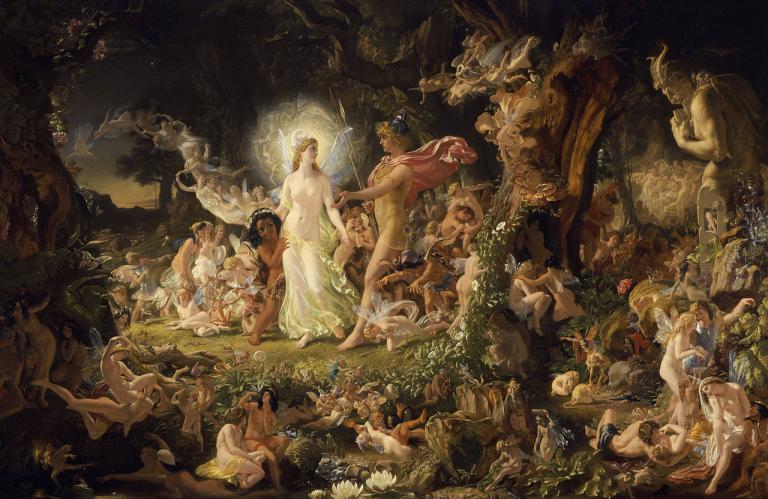
Poisonous Plants in Magical Herbalism
In magical herbalism many of the plants most associated with witchcraft and the spirit world are overlooked because of their poisonous nature. Authors often focus only on safer alternatives, barely mentioning these important plants. It they are deemed worthy of mention it is only to say “stay away” or to discredit their lore as supertition. These are the infamous plants of the devil and witching herbs, having some of the most pertinent legends and lore for the magical practitioner.
The study of these plants has been pursued by a handful of individuals over the years, and most recently their work is being pursued by others. Entheology and ethnopharmacology are experiencing their own renaissance within the magical community. Commonly referred to as the Poison Path, a term coined by author Dale Pendell, many witches, heathens and modern shamanic practitioners are seeking out these plants and their mysteries. Plants like Mandrake and Wolfsbane, once only showing up in overly complex medieval recipes are now being grown by modern practitioners.
The creation of tinctures, ointments and other herbal formulae are incorporated into rituals for their trance inducing effects. As we continue to work with these plants, we learn more about their spirits. They become spiritual allies and teachers. The Poison Path is a part of the witch’s herbal repetoire, and when applied with reverence and understanding these plants yield powerful results.
As Poisoners we explore the many turns on the Crooked Path of wortcunning and botanical sorcery. By looking at the history, legends and lore of these plants we come to understand them more intimately. Through understanding we can learn new ways to apply them in our spiritual and magical practices as they become indispensable tools of the arte magical.

